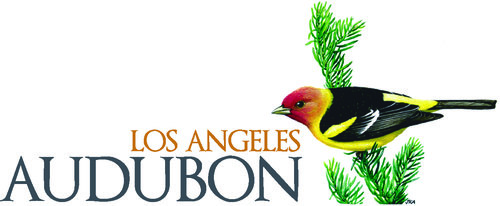Yes, there are camels in California! It all started when the U.S. Army at Camp Verde in Texas imported several hundred camels from Tunisia, Egypt, Turkey, and Greece to deliver supplies to the arid Southwest. The United States was on the cusp of the Civil War, and southwestern California was strategic, but had various local groups with questionable allegiance to the Union. A detachment of thirty-one camels ended up at Fort Tejon at the northern end of the Tejon Pass, also known as the Grapevine in Kern County, California. It was the western terminus of the experimental U.S. Camel Corps. From June 24, 1854, to its abandonment on September 11, 1864, Fort Tejon was home to U.S. Dragoons followed by California Volunteer Troops, including companies of the 2nd California Volunteer Cavalry.
A Botanical County
If We Had Enough Peanut Butter We Could Save the World & Cream of Peanut Soup (Recipe)
Adventures in Nature Wherever We Are
My first close encounter with a whale was at SeaWorld in San Diego, California, currently home to many orphaned and injured ocean inhabitants. I took the back scene tour that raised funds for animal rescue and welfare including “Lunch with Shamu,” one of several generations of Shamu-named orcas. Seated at a table alongside Shamu, I bit into my peanut butter sandwich only to have Shamu leave the water and slide down our eight-person table to my sandwich. Whales have huge, muscular tongues they use to lick food off of their baleen, much as we lick peanut butter off of the roofs of our mouths. From the response of the trainer, this was an unplanned snack.
Encounters with Nature
By Judith Deutsch
Today, more than ever, it is important that we show respect for nature and the world around us. Whether we share it with birds, reptiles, mammals, or micro-organisms, such as the Coronavirus, we need to understand and appreciate that we are not the only residents on earth.
I am thrilled that California has begun work on a migratory pathway for our native mountain lions to provide safe passage over heavily trafficked roadways, allowing for more genetic diversity.
In the 1970s, I worked at the J. Paul Getty Villa in Malibu, California, and during summers staff parked along the hillside to leave parking spaces for visitors. I came out one evening to find what I thought was a large dog sleeping on the hood of my burgundy Fiat. At 98 pounds and a height of 5 ‘3”, I moved to within 5 feet to tell him to “scat.” Imagine my surprise when he unfurled a long tail and turned a cat’s face to me! I spread my arms to make myself look larger (I learned this in Girl Scouts), made eye contact, backed up, wished him a lovely nap, and returned to my lab. An hour later, he was gone. The cats tend to come down looking for water, and he must have just eaten before taking his nap.
I also had a vegetarian coyote visit my organic garden in Mar Vista. He left the garden cats alone but dug up carrots and greens to eat. I suspect he was a pet dropped off in the mountains when he grew too large to keep. A barn owl now has a home in my neighbor’s yard, and a ring-tailed hawk visits us, regularly. Crows, ravens, hawks, and squirrels share the trees in the park where I walk. Each group has staked out its own real estate. We need to continue to share our space and accommodate wildlife to the best of our ability, using our heads when we meet them, whether unintentional or by design.








